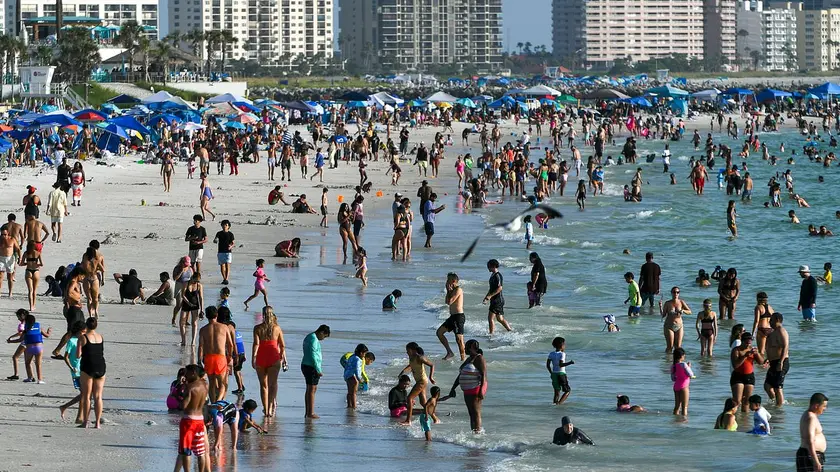T4K3.news
Vibrio risk rises with warmer seas
New England faces higher Vibrio vulnificus risk as ocean temperatures rise, with implications for beachgoers and public health.

Warmer ocean temperatures are linked to a northward spread of Vibrio vulnificus, raising health risks for Cape Cod beachgoers and other New England residents.
Warming Waters Expand Habitat for Flesh Eating Bacteria
A Cape Cod swimmer contracted Vibrio vulnificus, a bacteria that can cause flesh-eating infections, as regional waters warmed. Ocean temperature data from Woods Hole show midsummer waters in 2021–2025 about 2.75 degrees warmer than in the 20 years prior, a shift that helps vibrios survive longer in higher latitudes. Massachusetts has recorded seven Vibrio cases in recent years, with only four likely exposures in the state, but health officials warn that the risk grows with the warming trend.
Researchers note that infections from Vibrio vulnificus have climbed northward over the decades. Between 1988 and 2018, wound infections in the eastern United States rose eight-fold, and the northern limit of cases advanced roughly 30 miles per year. Projections suggest that by 2041–2060, Vibrio could reach Boston if emissions rise unchecked, and potentially extend into southern Maine later in the century. Public health officials emphasize that while the infection is currently rare in Massachusetts, it carries a high risk for severe illness or death, especially for immunocompromised individuals.
Health officials advise caution for swimmers with skin scrapes and for anyone who handles raw or undercooked seafood. The guidance aims to balance awareness with maintaining beach access rather than shutting down coastal areas.
Key Takeaways
"With warmer water temperatures moving further north, it allows Vibrios to survive, during summer months in particular, at higher latitudes than it had previously."
Hamer explains the northward shift of Vibrio vulnificus.
"A couple degrees difference will allow greater growth."
Hamer on how small temperature changes affect bacterial growth.
"There are increasing numbers of people who are immunocompromised by disease or by medication, and people in those categories are at higher risk of both contracting the disease and developing severe complications of the disease."
Madoff on vulnerable populations.
"If I had a small scratch and I had bad liver disease, I would just stay out of the water."
Madoff on practical caution.
This report shows how climate trends translate into local health risks. It underscores a tension that coastal communities face: keep beaches open for recreation and tourism while protecting vulnerable populations from new hazards. The examples from Cape Cod illustrate a broader pattern of warming oceans expanding the home range of marine pathogens and complicating public health messaging. The piece also highlights the need for better surveillance, clearer public guidance, and stronger connections between climate data and health planning.
As seas warm, authorities may need to invest in faster warning systems, targeted advisories, and safer seafood practices. The article hints at policy questions about funding, research priorities, and how to communicate risk without fueling fear. In short, climate action is not just about carbon counts; it is about protecting people on their local shores.
Highlights
- Warmer seas push dangerous bacteria north and keep them there
- A small cut can turn a beach day into a medical risk
- Public health must ride the tide of warming seas
- Warming oceans demand clearer warnings at the shore
Rising health risk from warming oceans
The article ties rising infection risk to climate-driven warming of coastal waters. This intersects with public policy, funding for health surveillance, and public reaction, creating potential political and budget sensitivities as communities weigh beach access against safety.
Warming seas demand practical protections at every beach rather than distant warnings.
Enjoyed this? Let your friends know!
Related News

Warmer seas raise risk of flesh-eating bacteria

Warm seas drive surge of flesh-eating Vibrio along coasts

Flesh-eating bacteria outbreak in Louisiana

Four die from flesh-eating bacteria in Florida

Flesh-eating bacteria cause four deaths in Florida

Rising cases of Vibrio Vulnificus reported in North Carolina

Health alert issued for Gulf Coast Vibrio cases

Louisiana reports surge in Vibrio vulnificus infections
